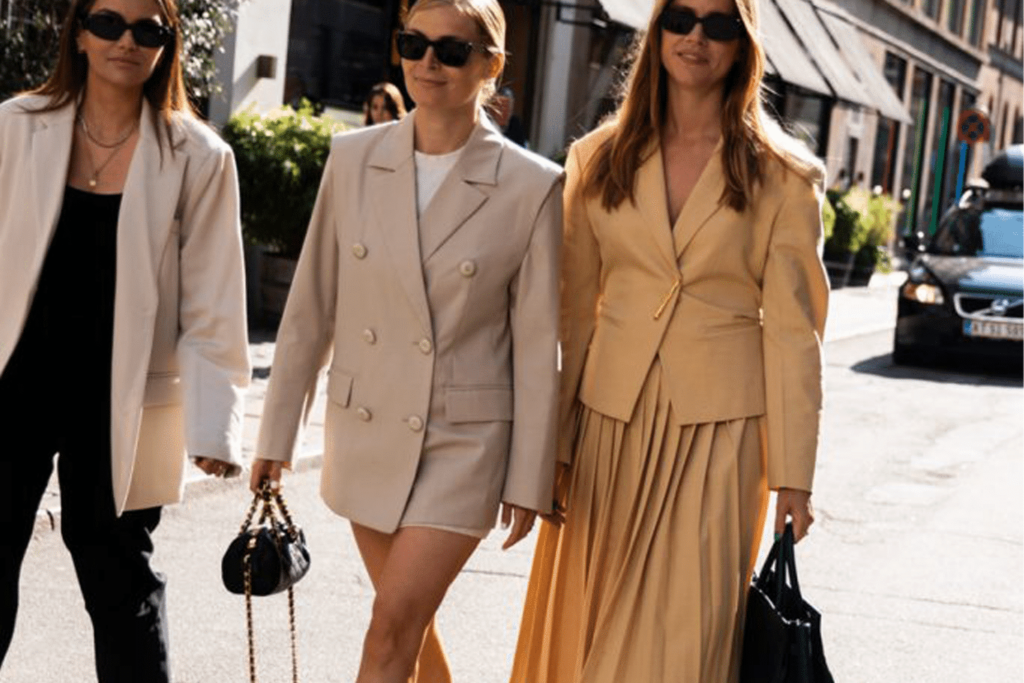Rock’s greatest style icons, from Glam to Grunge

Rock’s Greatest Style Icons: From Glam to Grunge
Rock music has never just been about the sound — it’s also been about the look. From flamboyant costumes to thrift-store flannel, fashion in rock has mirrored rebellion, self-expression, and cultural change. Over the decades, rock’s greatest style icons have shaped not only what we hear but how we dress, inspiring generations far beyond the stage. From the glitter of glam to the grit of grunge, here’s a look at the most influential rock style trailblazers.
David Bowie: The Shape-Shifting Chameleon
Few artists have pushed fashion boundaries as fearlessly as David Bowie. His 1970s alter ego, Ziggy Stardust, arrived in a blaze of glitter, platform boots, and androgynous jumpsuits, redefining gender norms and the possibilities of stagewear. Bowie’s ever-evolving style — from glam alien to Berlin cool — made him not just a rock star but a fashion icon in the truest sense.
He turned his wardrobe into a tool of transformation. Collaborations with designers like Kansai Yamamoto and Alexander McQueen elevated his look into high art, influencing everyone from Lady Gaga to Harry Styles. Bowie proved that fashion in rock wasn’t just aesthetic — it was identity.
Debbie Harry: Punk Meets Pop Chic

As the frontwoman of Blondie, Debbie Harry fused punk attitude with New York cool. Her look was the definition of effortless edge: bleach-blonde hair, graphic tees, mini skirts, and plenty of attitude. At a time when punk was gritty and aggressive, Harry brought glamour into the scene without compromising its rawness.
She balanced masculine and feminine elements, creating a tough-yet-sexy aesthetic that influenced both punk fashion and mainstream style. To this day, her looks from CBGB-era Manhattan continue to inspire fashion designers and street style alike.
Prince: Purple, Provocative, and Unapologetic
Prince was a sartorial force of nature. Known for his high heels, lace blouses, and signature purple ensembles, he blurred the lines between masculine and feminine, tough and romantic. His style was bold, theatrical, and deeply personal — a visual representation of the sensual, genre-bending music he created.
Never afraid to challenge conventions, Prince’s fashion legacy lies in his refusal to conform. He made it cool to be different and daring, turning every performance into a style moment and paving the way for artists like Janelle Monáe and Lenny Kravitz.
Joan Jett: Leather-Clad Cool
Joan Jett embodied the no-frills rebellion of rock and roll. Her uniform — black leather jacket, tight jeans, and studded accessories — became a visual shorthand for punk rock toughness. She didn’t need elaborate costumes or glittering outfits. Her power came from authenticity.
With her trademark shag haircut and take-no-prisoners attitude, Jett’s influence lives on in punk, alternative, and hard rock circles. She made it clear that women could be just as hard-edged, gritty, and stylish as any of their male counterparts — and look damn good doing it.
Kurt Cobain: The Accidental Icon of Grunge
In the early ’90s, Kurt Cobain unintentionally became the face of a new fashion movement: grunge. Oversized flannel shirts, ripped jeans, beat-up Converse, and thrift-store sweaters — Cobain’s wardrobe was born out of necessity and comfort, not style. But in true rock fashion, it sparked a revolution.
Grunge fashion’s unpolished aesthetic was a direct reaction to the overproduced glam of the ’80s. It was raw, real, and anti-commercial — everything rock fans craved. Cobain’s legacy endures not only in music but in a style that continues to influence everything from luxury runways to streetwear.
Stevie Nicks: Bohemian Glamour
Stevie Nicks, of Fleetwood Mac fame, brought a mystical, ethereal quality to rock fashion. With her flowing shawls, platform boots, and layers of velvet and lace, she channeled bohemian glamour with witchy confidence. Her style was romantic, feminine, and full of emotional depth — a perfect match for her haunting lyrics and powerful voice.

Nicks’ influence on modern boho-chic is undeniable. Artists like Florence Welch and Lana Del Rey owe a visual debt to the “White Witch” of rock, who showed that feminine style could be just as commanding on stage as leather and studs.
Mick Jagger: Swagger in Every Era
Mick Jagger has been strutting across stages since the ’60s, evolving with the times while always keeping his signature swagger intact. From mod suits and floral shirts to sequined jumpsuits and scarves, Jagger’s fearless fashion has always matched his kinetic energy.
He combined British elegance with rock rebellion, and his long-standing collaboration with designer L’Wren Scott elevated his look to iconic status. Jagger’s ever-changing style continues to influence modern menswear, especially in the world of rock-inspired fashion.
Conclusion: The Style of Sound
Rock fashion isn’t just about looking cool — it’s about saying something without speaking. Each of these icons used clothing to express rebellion, identity, vulnerability, or power. Whether glittering in glam or grunged out in flannel, they’ve shaped the visual language of rock for generations.
In the end, what makes a rock style icon isn’t just bold fashion choices. It’s authenticity. It’s confidence. It’s the ability to wear who you are — loudly, proudly, and without apology.









